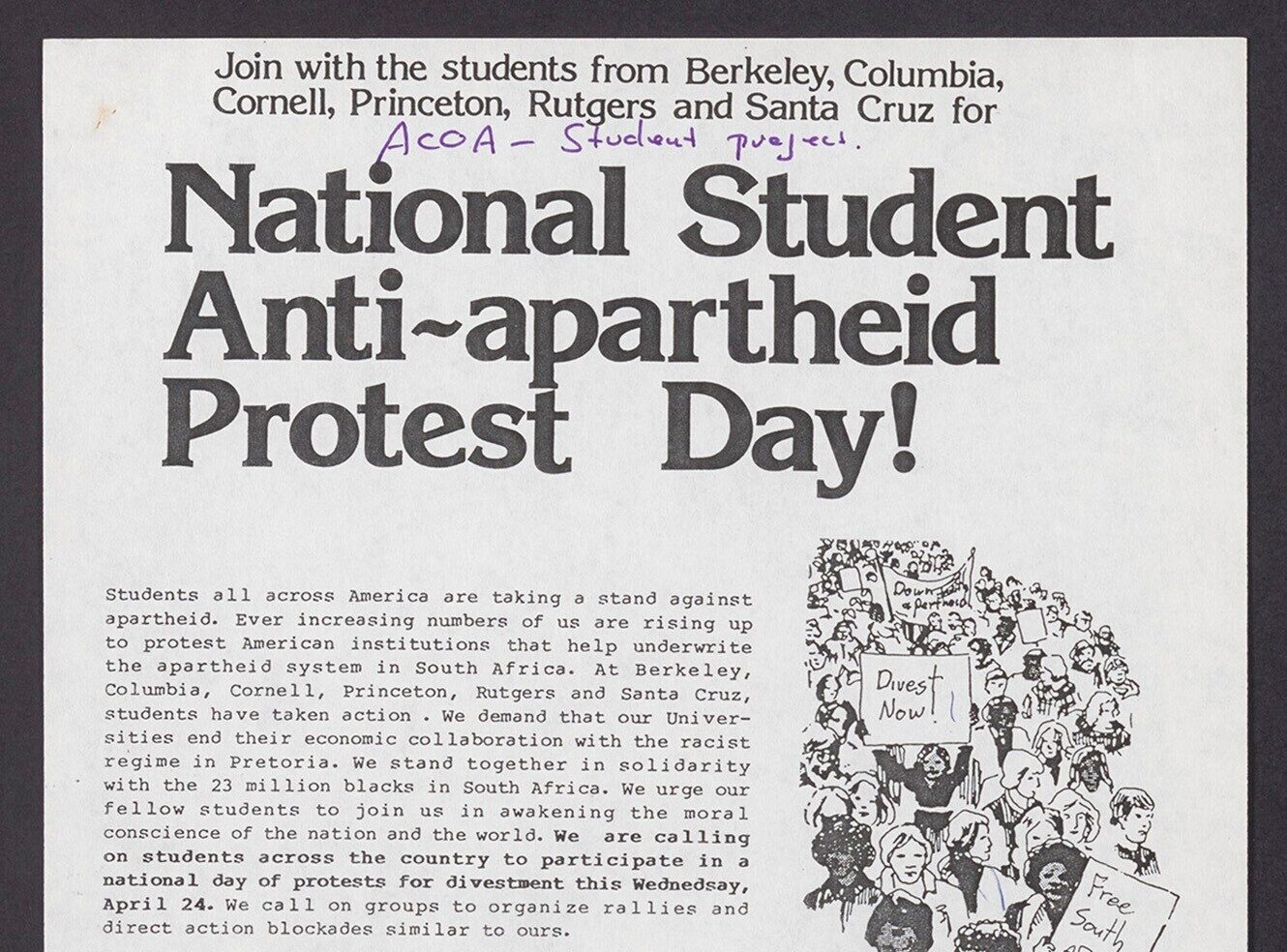What is Jazz?
‘The literal translation of jazz is improvisation. But jazz is an expression of the spirit, and the soul, and musician, enables a musician to express himself from deep within himself and to be spontaneous.’
Leroy Jones, a jazz trumpeter, answers the question ‘What is Jazz?’ in one of the unique video interviews from the 'I'll Make Me A World: African-American Artists in the 20th Century' collection (sourced from the Henry Hampton collection at Washington University in St. Louis). In this interview Leroy Jones and Bruce Raeburn, a jazz historian, discuss the New Orleans jazz scene; Jones and Raeburn discuss the ‘New Orleans sound’, the impact of musician Buddy Bolden and the life and work of jazz musicians such as Louis Armstrong and Dizzy Gillespie. The individual perspectives, memories and experiences Jones and Raeburn discuss offer a personal glimpse into the New Orleans jazz scene and make this interview a true highlight of the resource African American Communities.
Image © Washington University in St. Louis. Further reproduction prohibited without permission.
Leroy Jones talks about his experience in New Orleans as a musician:
‘And the music, just the interaction between the musicians, the rhythm, the sound of the bass drum, and the blare of the trumpet, and watching people dance and respond to this music, it overwhelmed me.’
At the end of the interview Jones invites us to experience the sounds of the scene and plays Louis Armstrong's ‘West End Blues’.
African American Communities features over 100 oral histories sourced from Washington University in St. Louis, Atlanta History Center and Weeksville Heritage Center. In order to ensure that these interviews are able to be used by students as effectively as possible, we have provided a range of features around the video functionality:
• Low and high resolution viewing options to cater for different streaming capabilities
• Detailed metadata summary
• Fully searchable auto scrolling interactive transcripts broken down by timecodes
• All instances of search hits are highlighted in their timecodes via a search results summary table
• Closed captions of transcript can be selected
• Users can save a starting point for a clip within a given video into their own My Archive page
• Users automatically generate HTML to embed video or start of a clip into an external document for viewing by authorised users outside the resource

Image © Adam Matthew. Further reproduction prohibited without permission.
African American Communities is out now. Click here for your free trial.
Recent posts

The blog highlights American Committee on Africa, module II's rich documentation of anti-apartheid activism, focusing on the National Peace Accord, global solidarity, and student-led divestment campaigns. It explores the pivotal role of universities, protests, and public education in pressuring institutions to divest from apartheid, shaping global attitudes toward social justice and reform.

This blog examines how primary sources can be used to trace the impact of young voices on society, particularly during pivotal voting reforms in the UK and the US. Explore materials that reveal insights into youth activism, intergenerational gaps, and societal perceptions, highlighting their interdisciplinary value for studying youth culture, activism, and girlhood across history.

